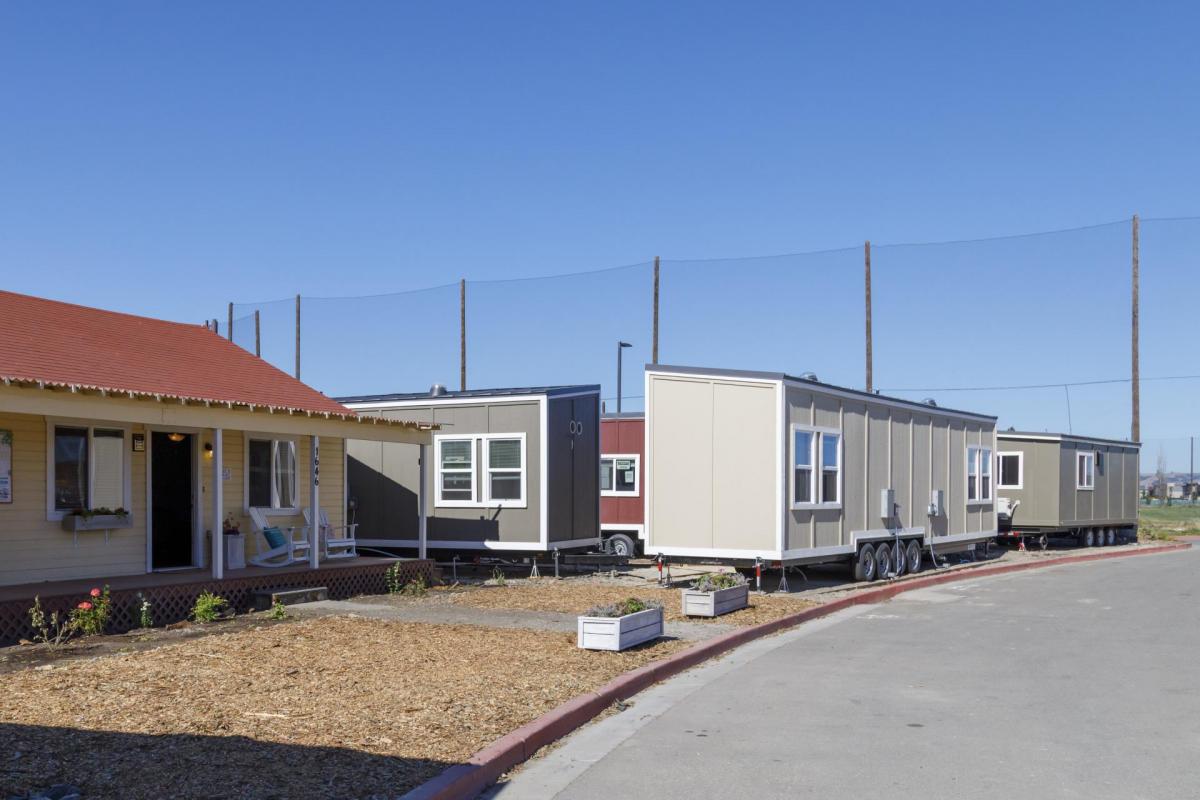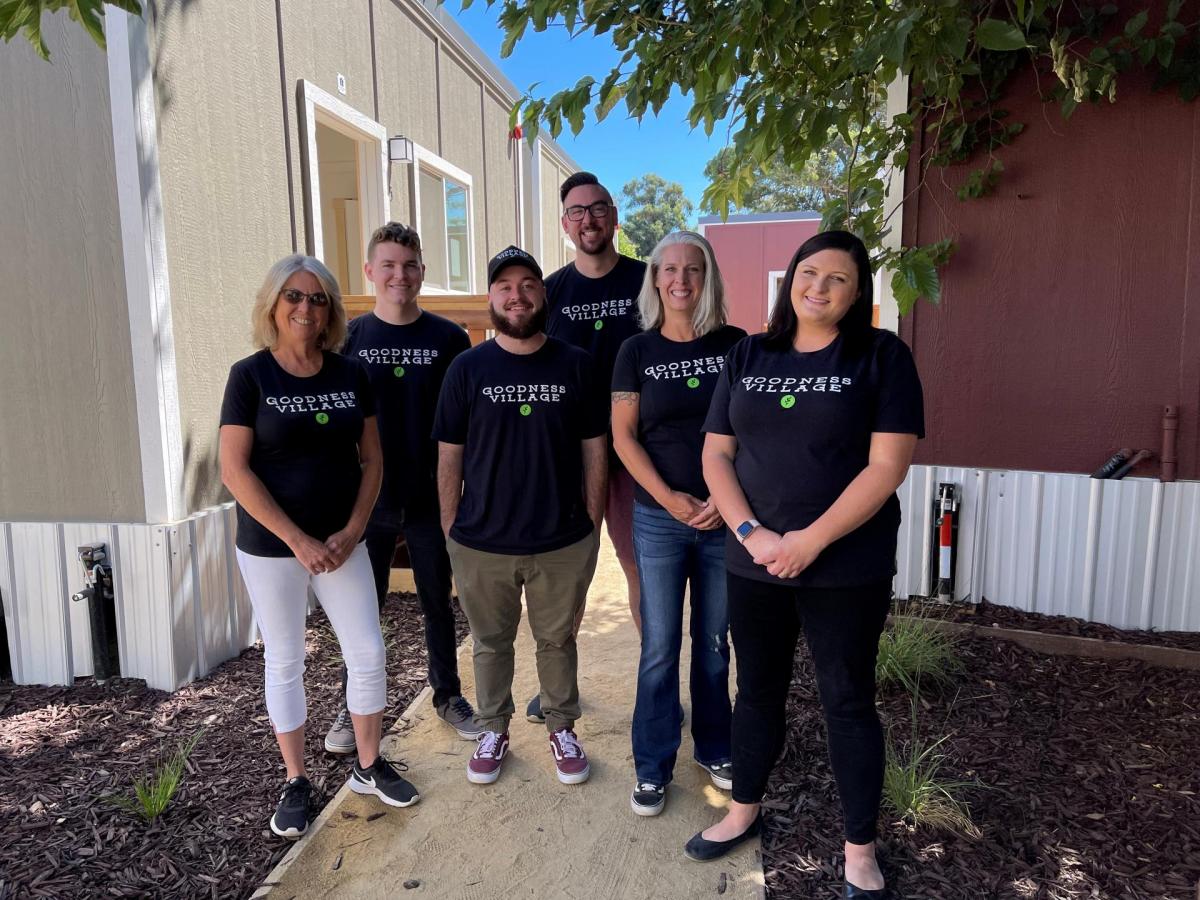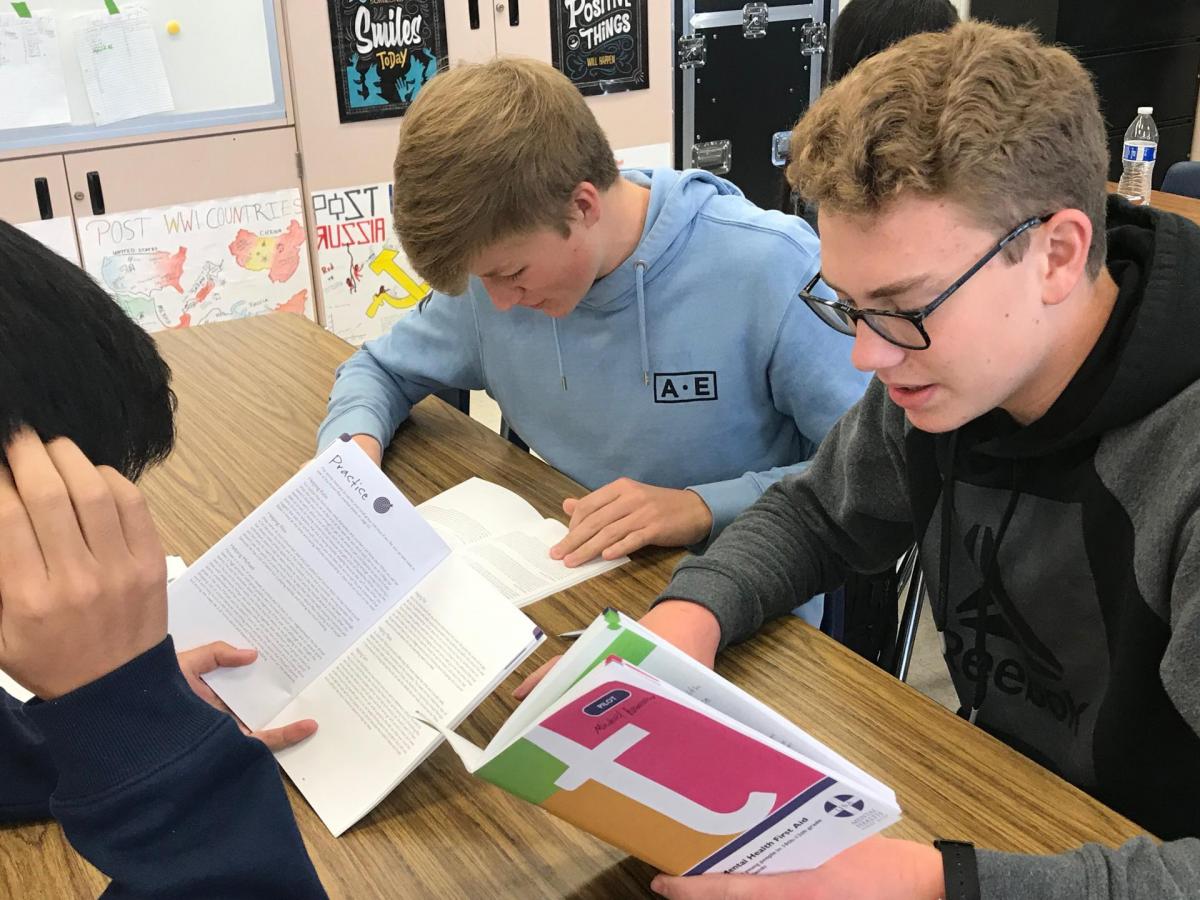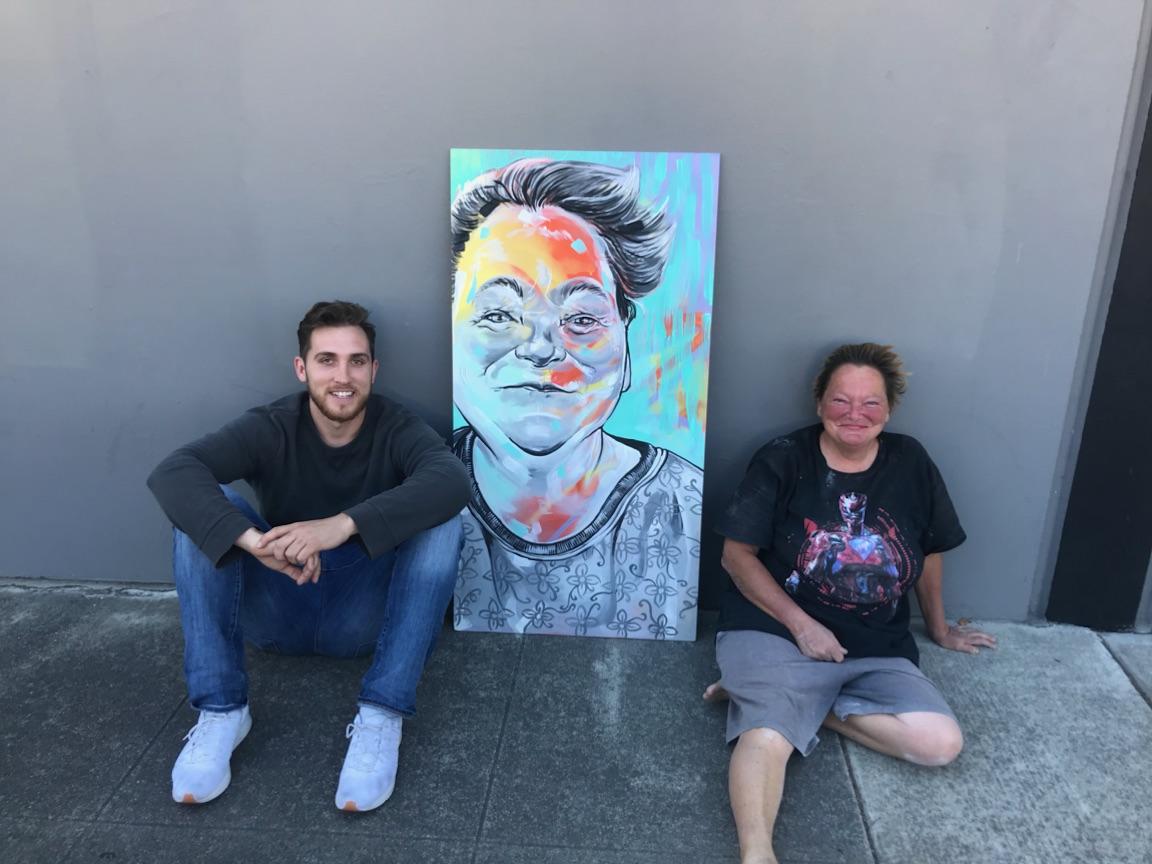Livermore’s award-winning inclusive engagement approach is paying dividends for the community
Lisa Yarbrough works at KP Public Affairs and is managing editor of Western City; she can be reached at editor@westerncity.com.
The city of Livermore never shied away from addressing difficult issues. For more than a decade, this Bay Area city has been creating awareness of, and identifying solutions to, mental health concerns, racial tension, and homelessness. The city approaches these issues from an equity perspective, seeking to provide a safe place for all residents to live, feel heard, and participate in citywide decisions that impact their lives.
The community’s mantra — “keeping our community safe from the inside out” — has guided its efforts, which were recently recognized by the National Civic League. Since 1949, the National Civic League has celebrated the best in American civic innovation by awarding the prestigious All-America City Award to ten communities nationwide. This year, Livermore was the only city in California to receive the award, which celebrates the city’s inclusive engagement efforts to improve equity and resilience.
“We have an active and engaged community, full of citizens of all ages who care deeply about their city and their neighbors, and who step up to create a welcoming and inclusive community,” expressed Mayor Bob Woerner. “We’re grateful that the National Civic League recognized the incredible work being done in our city.”
Thanks to community-driven initiatives, Livermore has been on the frontlines of pressing issues such as youth mental health, anti-vaping education and city policy, and affordable housing and shelter for unhoused residents. Livermore Chamber of Commerce CEO Dawn Argula, who narrated the city’s All-America City presentation, noted that the city uses an equity and inclusion lens to guide its collaborative approach, which has resulted in positive change for the community.
Safe from e-cigarette use and mental health stigma
At the city’s All-America City presentation, judges were impressed by the passionate commitment of Livermore youth. Granada High students Owen Fidler and Will Taggart and Livermore High students Emma Goulart and Kassandra Torres shared their involvement in projects related to youth mental health, as well as anti-tobacco and anti-vaping education.
These initiatives came about when Dr. Kelly Bowers, Superintendent of Livermore Valley Joint Unified School District, heard students’ concerns about the rising use of e-cigarette products among their peers. Superintendent Bowers helped facilitate a series of meetings where students offered data-informed presentations to parent leaders, school faculty, the school board, and the city council.
“Our young people are oftentimes the ones who surface the needs related to mental health and social issues, bringing their creative ideas and energy to the conversation,” said Livermore Valley Joint Unified School District Superintendent Kelly Bowers. “The solutions then come from the networking and collaboration of our city partnerships and beyond. Our partners have always been supportive of including youth in the conversation.”
Following these meetings — and with the support of the school board — the Livermore City Council unanimously supported an ordinance banning the sale of flavored tobacco and electronic delivery devices citywide. This ordinance also instituted a 1,000-feet buffer zone between tobacco retailers and sites serving youth, such as schools and libraries. Students continue raising awareness of the issue through PSAs and presentations that inform students about the risks associated with vaping.
Understanding the direct connection between substance abuse (including e-cigarette abuse) and mental health, the city increased its focus on addressing the youth mental health crisis. With the help of three federal grants, mental health awareness and response training were offered to students, teachers, and the community at large. Local youth were involved in the design of the curriculum, which was also offered in Spanish.
Grant funding also supported school violence prevention equipment and training, the formation of a Mental Health Advisory Committee, and the development of mental health referral pathways with seven partnering community agencies. A coordinated partnership with these agencies established a link between students in need and services to help them.
Five years ago, Livermore parents, students, and staff rated behavioral health as their top concern. When surveyed again in 2020, residents reported that the lack of resources is no longer a concern, showing the effectiveness of the city’s efforts.
Safe in their own skin
As social justice and racial equity rose to the forefront of public discussion in 2020, Livermore responded to residents’ concerns by forming the Council Subcommittee on Equity and Inclusion. Organized into groups of volunteer community members, the subcommittee ensures that the city’s communications and outreach efforts are inclusive, with one of its goals being to broaden community participation and better engage youth.
“It was an honor to serve on the Council Equity and Inclusion Subcommittee as it enabled community members to share personal stories, listen and learn from each other and those within our city organization, and then make recommendations for the City Council to consider,” said Livermore Vice Mayor Trish Munro.
The subcommittee is also working to identify ways to integrate mental health into emergency response, ensure equitable public safety, and explore opportunities to bring more affordable housing to Livermore.
“We have already seen positive outcomes from this process, such as updates to our police department’s use of force policy and increased civic engagement by community members of all ages,” noted Livermore Council Member Bob Carling. “As we implement more of the recommended programs and practices, we look forward to continuing the conversation on equity and inclusion in our community and creating a more welcoming and inclusive city together.”
At the school level, young alumni of color met with the Superintendent and campus leadership to establish norms and create a safe space to share their experiences, reveal their uncomfortable truths, and generate solutions that improve the experiences of current and future young people of color. A Wellness Center focused on social-emotional wellbeing was established at Livermore high school, along with new clubs: People of Color, Culture Doctors, and Students for Social Change. District school staff also received implicit bias training prior to the start of school and ongoing professional development on “How to Be an Anti-Racist.”
Livermore’s local community college and various community organizations also offer programming and education that promotes equity and social justice. Las Positas College interim Dean Erick Bell says the college’s new Law Enforcement certificate focuses on crisis intervention, bias awareness, mental health issues, and situational decision making.
“Las Positas College is committed to providing an inclusive environment by addressing inequities and increasing opportunities for success for all of our students,” said College President Dyrell Foster. “Our new curriculum focused on 21st century policing has benefitted from an outstanding collaborative effort with the Livermore City Council and Police Department.”
Safe from housing instability
Homelessness and lack of affordable housing are not unique to Livermore. However, the city’s comprehensive and collaborative approach to addressing homelessness, affordable housing, and food insecurity sets them apart from others. The city is developing four affordable housing projects, including the Vineyard Housing and Services project, which will transform an existing food and homeless services site into permanent infrastructure for emergency and safety net services.
Another notable local project is Goodness Village, a tiny homes community that provides 28 permanent housing units and wrap-around services to local community members experiencing homelessness. Goodness Village, developed by Crosswinds Church in collaboration with local and county partners, welcomed its first residents in June 2021.
The school district helps by focusing on disadvantaged families and homeless youth. Efforts include better and earlier identification and tracking, periodic check-ins by Child and Welfare Attendance Specialists and Counselors, increased training in engagement strategies, and continued referrals to community resources and social services. The district has also emphasized developing Individualized Learning Plans, implementing alternatives to suspension, providing free local transportation, increasing after-school support and extended summer school opportunities, and providing Chromebooks and Wi-Fi hotspots to ensure equitable access to distance learning.
In Livermore, support for the unhoused extends to the arts, specifically from Pictures4People, a nonprofit art movement dedicated to “painting a brighter future, one painting at a time.” In 2018, artist Trent Thompson began working out of The Switch, an incubator and creative coworking space founded by the city of Livermore and Livermore’s two national laboratories. While there, Thompson met a local unsheltered woman who frequently slept near the downtown incubator and with her permission, painted her portrait. Thompson planned to sell the painting and donate the funds to a local charity that provides services to the unsheltered. However, with the support of the incubator management, Thompson grew his initial idea into an art show fundraiser featuring paintings of other unsheltered and unseen individuals within the community. The movement has grown and now includes an outdoor art show on a vacant city-owned lot and a mural festival funded by the Livermore Commission for the Arts.
The city of Livermore’s collaborative approach — and focus on equity and inclusion — was key to winning the National Civic League’s prestigious All-America City award. More importantly, it is paying dividends for the community by showing what is possible when inclusive and equitable civic engagement is woven into local decision-making.




